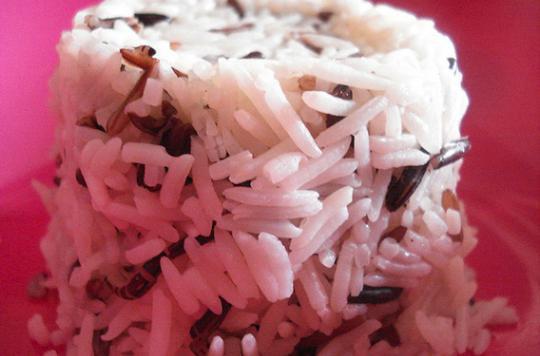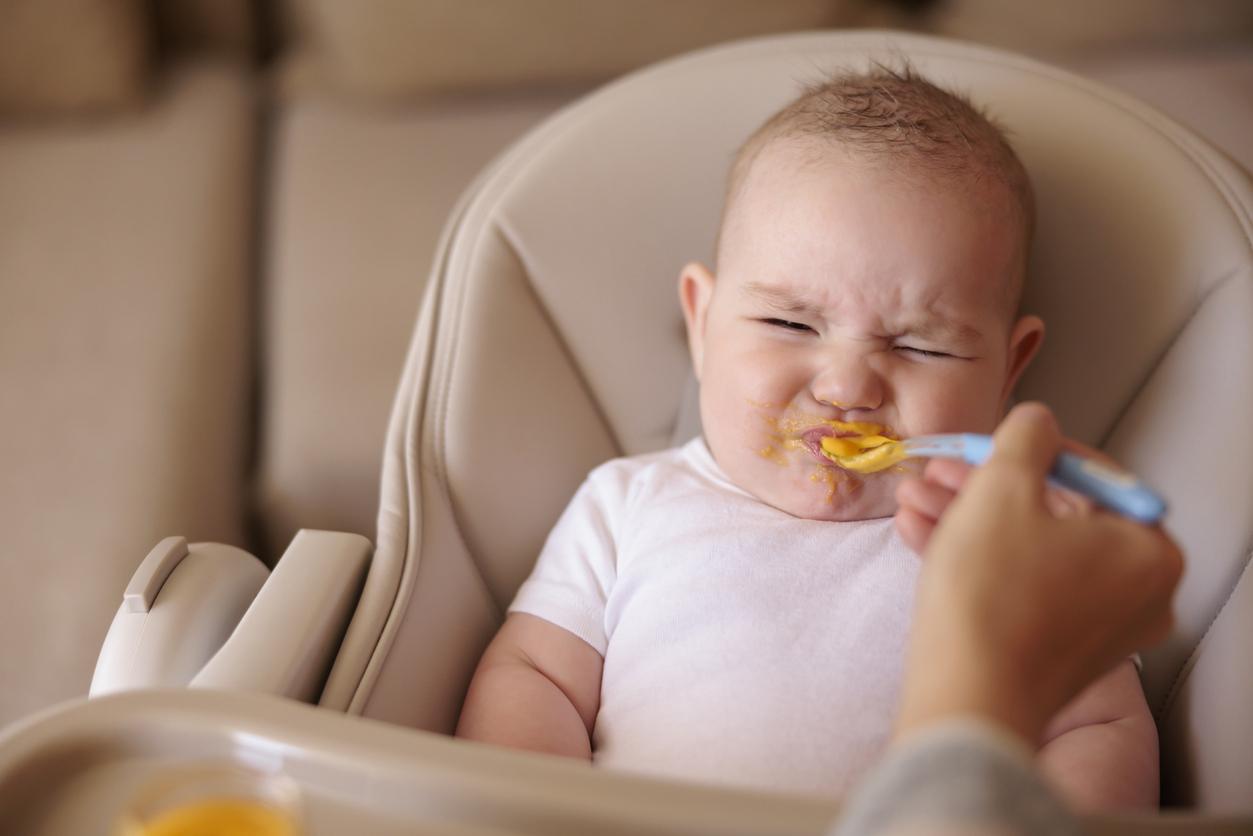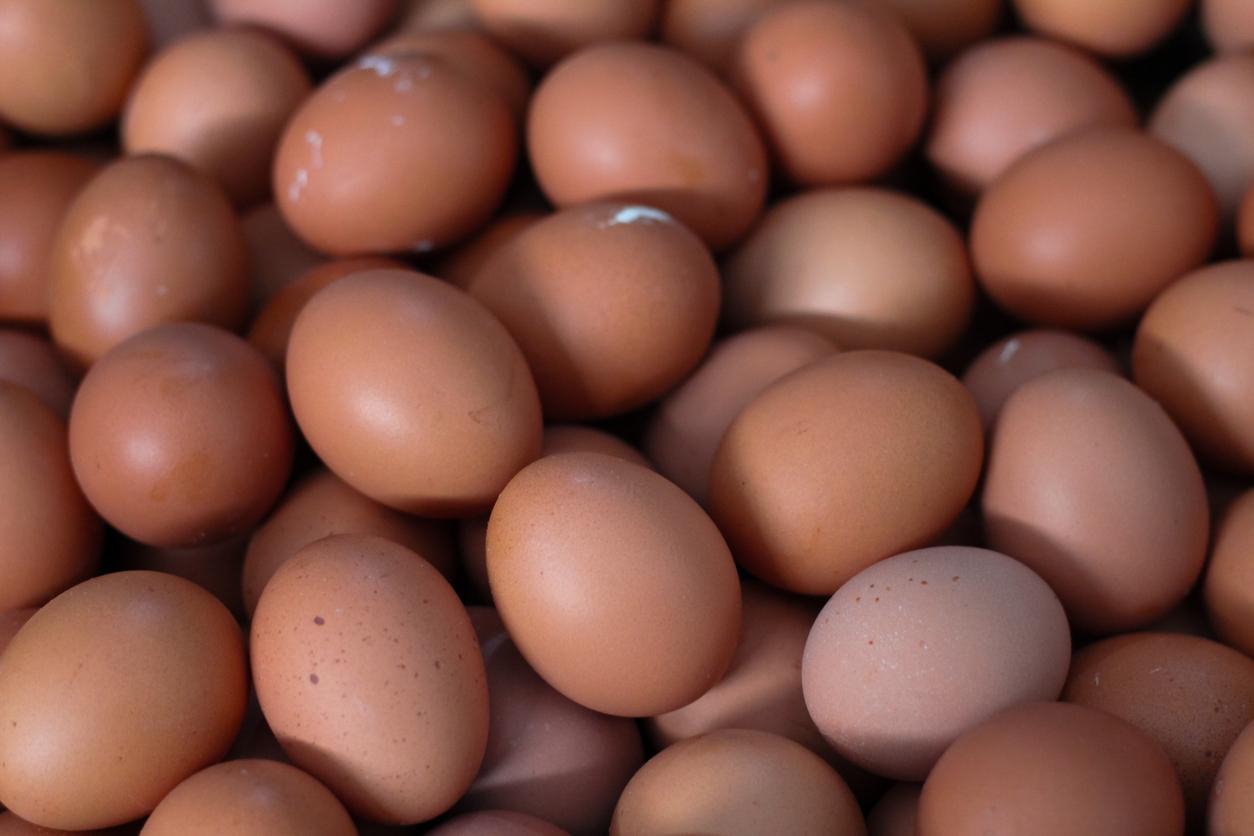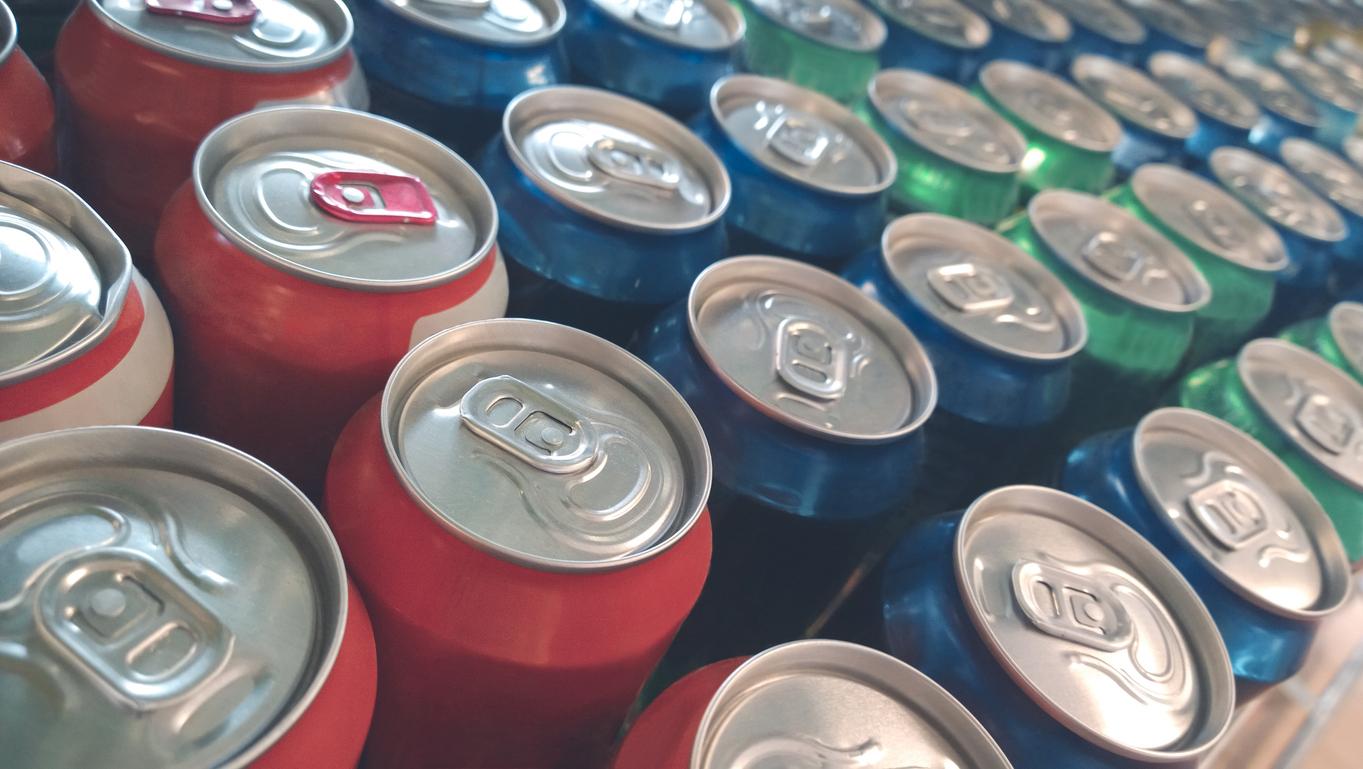Children who consume the most rice, especially rice cereals, have arsenic levels in their urine twice as high as those who do not.

Rice cereals can be used in the diet of babies from four months old as the first solid food. However, research tends to show a correlation between the arsenic present in white and brown rice, and damage to the immune system and intellectual development of children.
A new study from Dartmouth College (United States), published in the journal JAMA Pediatrics, shows that children who eat the most rice products have a concentration of arsenic in the urine twice that of children whose diet is devoid of it.
American researchers followed 129 babies during the first twelve months of their life, and monitored their diet. At one year, they took a urine sample. The babies who had the highest arsenic concentrations were those who had rice cereal in their diet.
Intellectual retardation
“Arsenic is a known carcinogen. It can increase cardiovascular risks and affect the immune system, among other things, says Margaret Karagas, a toxic metals epidemiologist at Dartmouth College, and lead author of the study. The clues lead to the idea that even at very low rates, exposure can impact the health of young children. “
In 2004, the study of intelligence quotient of a population of children in Bangladesh exposed to arsenic in drinking water revealed a certain collective intellectual backwardness. Another, more recent study, had shown that fetuses exposed to arsenic in utero had an increased risk of developing respiratory infections in the first four months of life.
For white rice, the World Health Organization recommends a maximum level of 200 ng / g, and the European Union is more severe, because it does not allow more than 100 ng / g for products intended for children. Rice cereals intended for children may, according to researchers at Dartmouth College, contain arsenic in higher proportions.
.
















